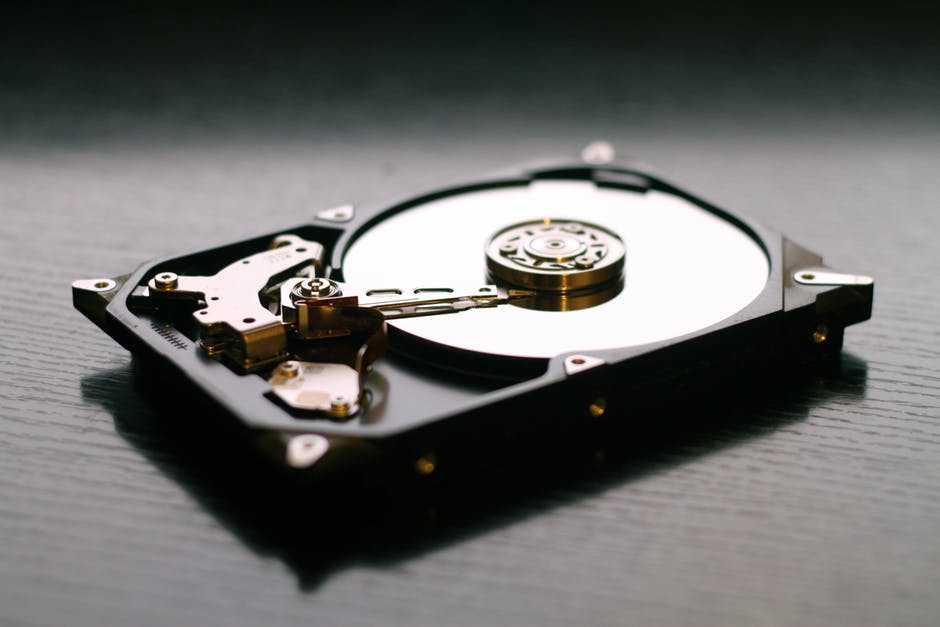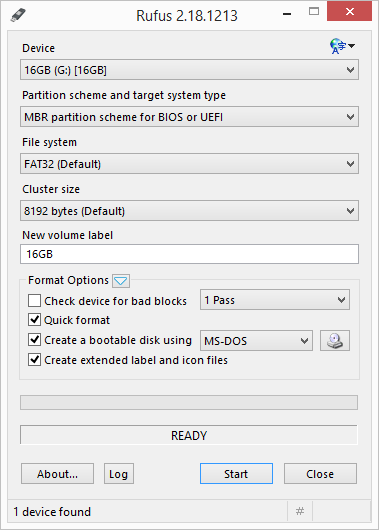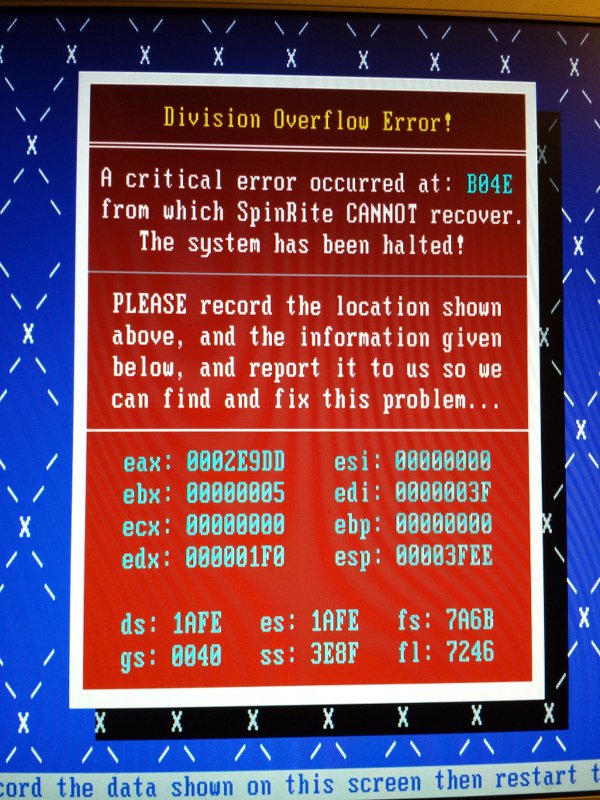

- #SPINRITE 6 ON USB INSTALL#
- #SPINRITE 6 ON USB FULL#
- #SPINRITE 6 ON USB FREE#
- #SPINRITE 6 ON USB WINDOWS#

I also copy it to my /var/lib/tfptboot/freedos/ and run a script I wrote to generate menu entries for all *.img files in that directory. In my case, I copy it to my /boot/images/ directory and run update-grub.and then use scp to copy it to other machines where it might be needed and run update-grub on them too via ssh. And it's slower to boot a USB stick than a disk image stored on the local hard disk or on my tftp server. I almost never bother doing this because I can never find an empty, usable flash drive when I need one.it's also more work and takes longer than using grub or tftp menus. cat freedos-spinrite.img > /dev/sdX (where sdX is the device node for your USB stick). This image can then be copied to a floppy drive, flash drive, etc. I then make a copy of that and then copy whatever I need on to it. That gives me an almost empty bootable image which I can use to make as many custom images as I want.
#SPINRITE 6 ON USB FREE#
This should end up with about 1.2 or 1.3MB free on the 1.44MB image. floppy and delete everything that isn't needed.
#SPINRITE 6 ON USB FULL#
Unfortunately it's full of stuff I don't need just to run some once-off utility like a BIOS updater. Start with a bootable floppy image that I downloaded from the Freedos site. Navigate to the desired folder destination.Here's what I do to customise FreeDOS images: On your keyboard, hold down the Ctrl key and press C.Ĥ. Or you can select all files by holding down Ctrl and press A.ģ. NOTE: You can select multiple files by holding down the Ctrl while left click on the desired files. METHOD 4 - Copy and Paste using keyboard shortcuts (Windows) (top)Ģ. Click Send To and select the Removable Disk associated with the USB flash drive. Right-click on the file you want to transfer to your removable disk.Ĥ. Navigate to the folders in your computer containing files you want to transfer.ģ. Drag files from your Macintosh HD to the Removable Disk.Ģ. Click and hold file to drag it to the USB drive.Ĥ.
#SPINRITE 6 ON USB WINDOWS#
Note: You will see "USB Drive" in windows explorerĤ. Click and drag the files you want moved over to the Removable Disk. Allow the computer to recognize the drive, then click Start > My Computer.ĥ. Click and drag the files you want to the Removable Disk.Ģ.

Navigate to the folders in your computer containing files you want to transfer.ĥ. Double-click on the Removable Disk associated with the USB flash drive.Ĥ. Allow the computer to recognize the drive, then click Start > Computer.ģ. Press-and-hold the Command key and press V.Ģ. Double-click your Removable Disk icon to open it.Ħ. Press-and-hold the Command key and press C.ĥ. In finder select the files you wish to transferĤ. Double-click your Macintosh HD (Hard Drive) icon to open it.ģ. NOTE: A No Name or Untitled disk icon will appears on your desktop.Ģ. Go to the mounted USB drive, right click and select Paste Right-click on the file you want to copy, then select CopyĤ. Navigate to the files on your computer that you want to transfer to the USB driveģ. NOTE: You will see "USB Drive" in windows explorerĢ. Plug the USB flash drive directly into an available USB port Return to the Removable Disk window, right-click within the window, then select Paste.ġ. Right-click on the file you want to copy, then select Copy.ĥ.

Navigate to the folders in your computer containing files you want to transfer.Ĥ. Double-click on the Removable Disk associated with the USB flash drive.ģ. If the USB flash drive or external drive folder does NOT open automatically, follow these steps:ī. It MAY take a few seconds to be detected.Ģ. NOTE: A message indicating that a new device has been detected at the lower right hand of your monitor. Plug the USB flash drive directly into an available USB port. Copy and Paste using keyboard shortcutsĪdditional Reference: Transferring large files(4GB or larger)ġ. There are several methods of transferring files to or from a removable disk.


 0 kommentar(er)
0 kommentar(er)
